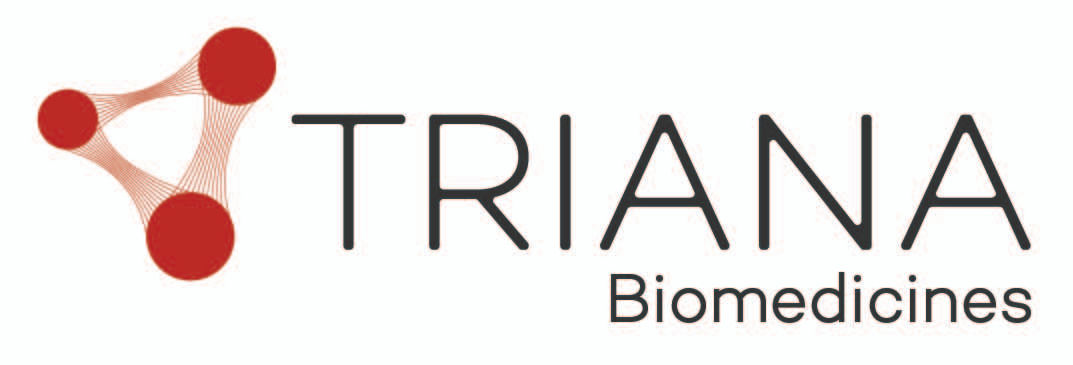CAMBRIDGE, Mass.--(BUSINESS WIRE)--Delphia Therapeutics, Inc. (Delphia), a biopharmaceutical company pioneering a new area of cancer biology – activation lethality – which targets cancer's surprising vulnerability to oncogene overactivation, today announced the appointment of Reza Mazhari, Ph.D., as chief business officer. Dr. Mazhari brings to Delphia more than 20 years of experience in drug discovery, clinical development and business development across diverse therapeutic areas including oncology.
“We continue to make excellent progress on our mission to develop the next wave of targeted oncology medicines leveraging an exciting new area of cancer biology – activation lethality,” said Kevin Marks, Ph.D., co-founder, president and CEO of Delphia. “We are thrilled to welcome Reza to our senior leadership team. His creativity and strategic thinking will be critical as Delphia enters its next chapter of growth, and we advance novel medicines towards clinical development.”
“Delphia’s activation lethality approach may mark a disruptive paradigm shift in how cancer is treated, leading to better medicines, more sustained disease control and longer patient survival,” said Dr. Mazhari. “I could not be more excited to join this distinguished team of scientists and company builders to make a meaningful difference in the lives of cancer patients.”
Prior to joining Delphia, Dr. Mazhari was chief business officer at Triana Biomedicines, where he led a discovery partnership with Pfizer in 2024. Prior to joining Triana, he was the head of search and evaluations for oncology at Novartis, where he led numerous successful in-licensing deals that contributed to the early-stage oncology pipeline and expanded the portfolio of enabling technologies, while also leading out-licensing efforts for early-stage programs. Previously, Dr. Mazhari was the vice president of translational medicine and head of business development and licensing at Rexahn Pharmaceuticals. At Cerecor, he was vice president of drug discovery and early development, and led business development. Dr. Mazhari was the co-founder and vice president of research and pharmacology at Cardioxyl Pharmaceuticals, which was acquired by Bristol-Myers Squibb in 2015. He began his career as a faculty member at the School of Medicine in The Johns Hopkins University.
Dr. Mazhari holds a Ph.D. in bioengineering from University of California at San Diego and a postdoctoral research fellowship in cardiovascular medicine from The Johns Hopkins School of Medicine.
About Delphia Therapeutics
Delphia Therapeutics is a biopharmaceutical company pioneering activation lethality, a new area of cancer therapeutics that target cancer's surprising vulnerability to oncogene overactivation. Delphia’s activation lethality platform offers the potential for first-in-class, targeted cancer medicines that are effective on their own while also combating the emergence of drug resistance to classic targeted therapies. For more information, please visit us at www.delphiatx.com and follow us on LinkedIn.







